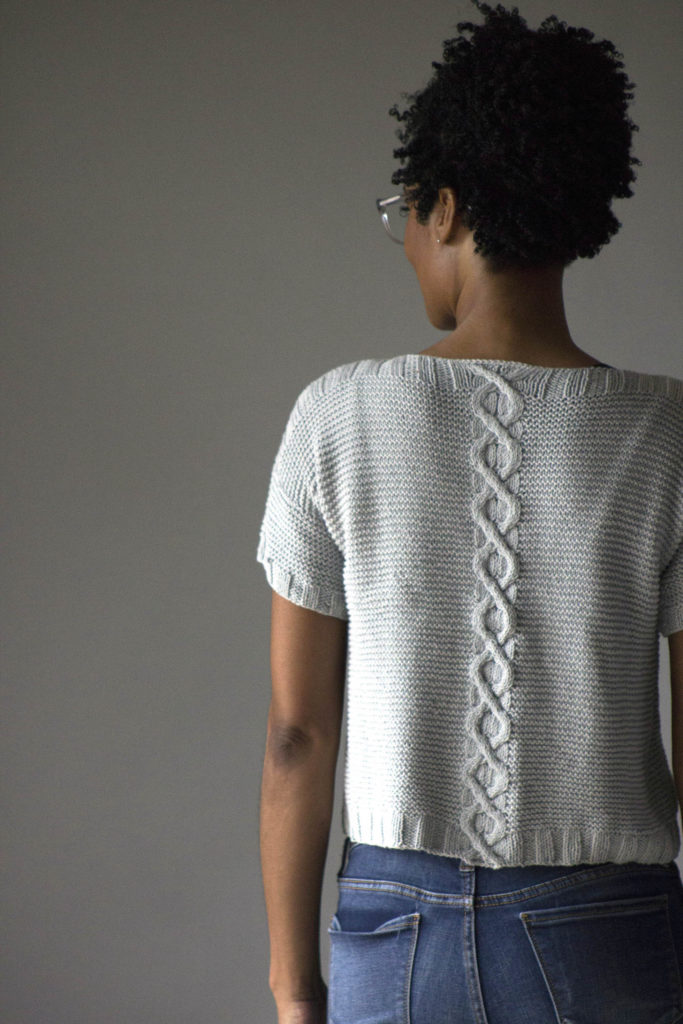

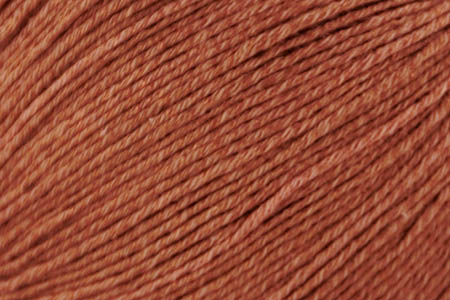
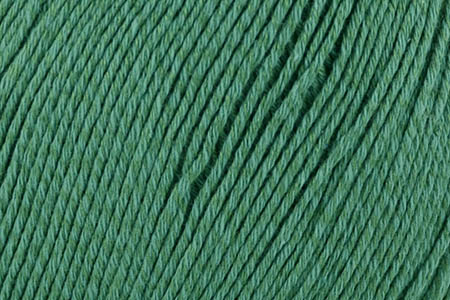
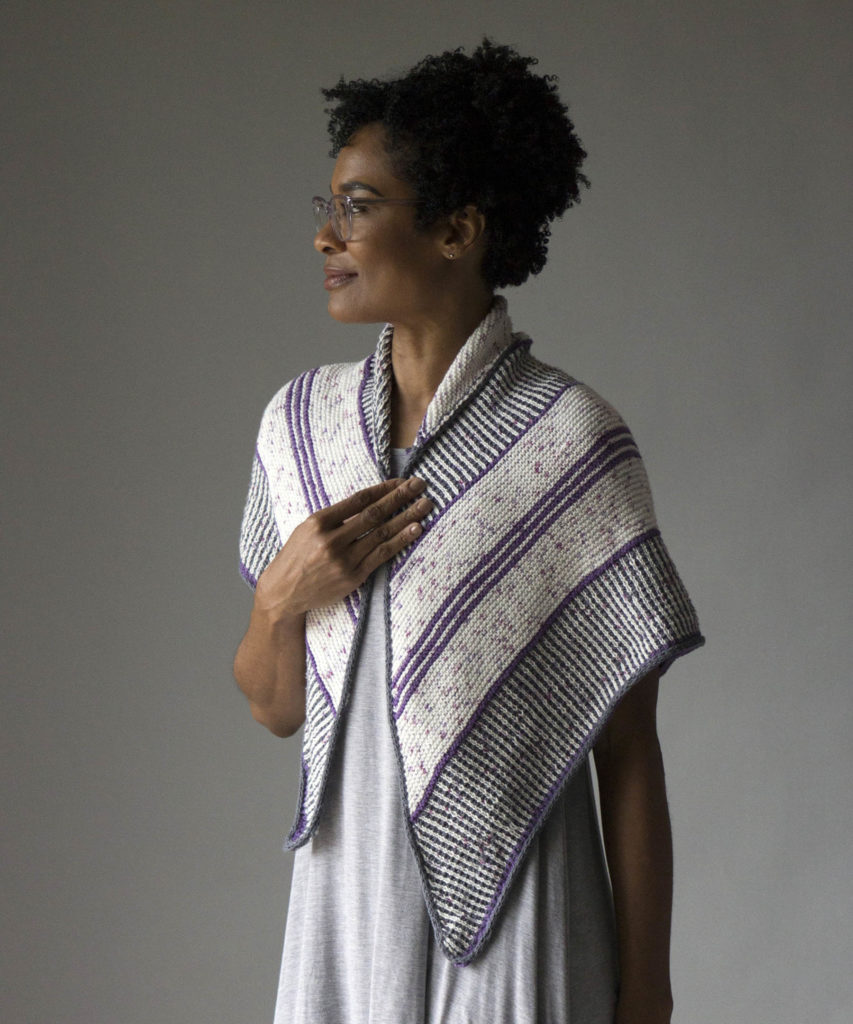
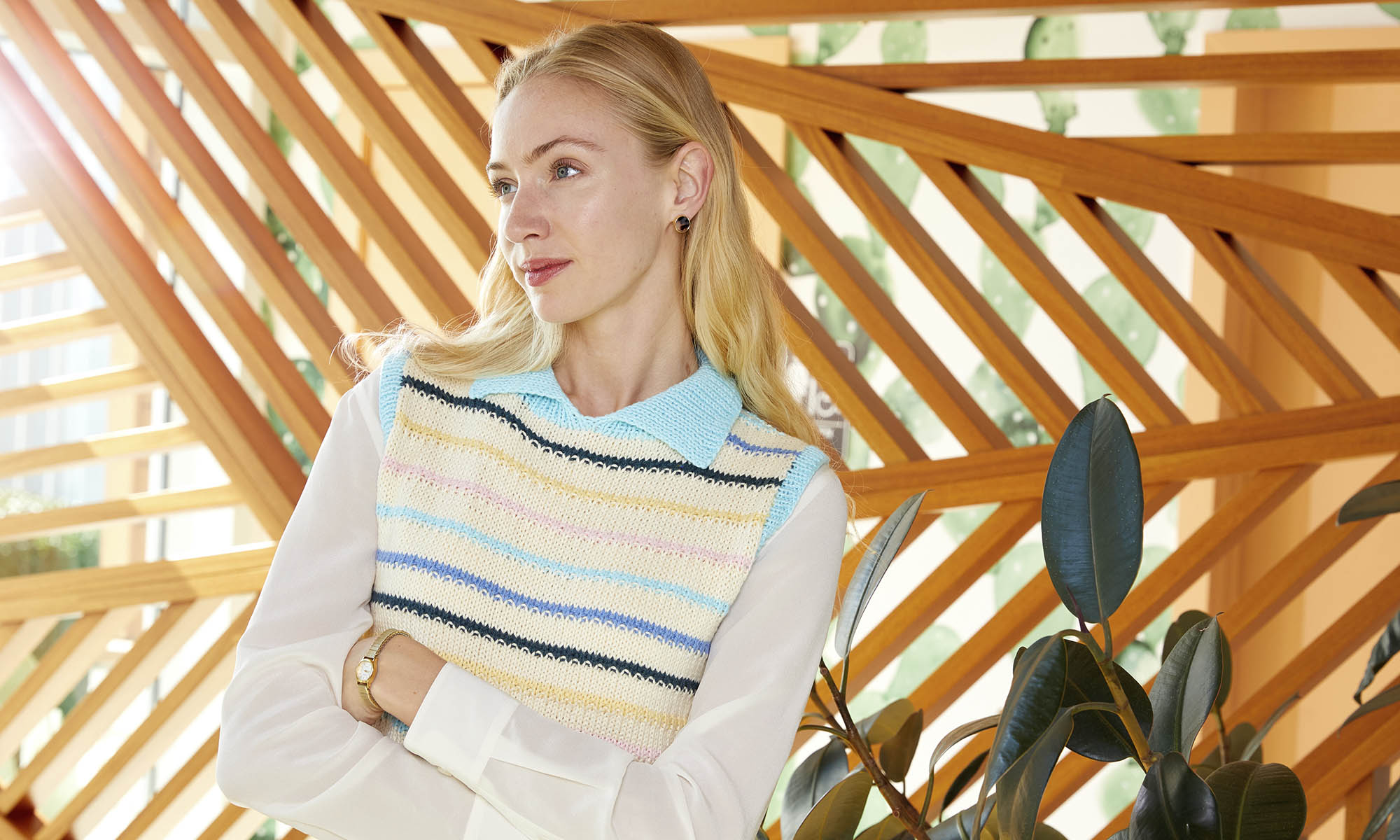

Universal Yarn Creative Network
Inspiration By Design





Giving back: it’s something everyone seems to think more about this time of year, and something we could all probably think about a bit more. That’s why we have created the new pattern, Thy Neighbor (pattern link).
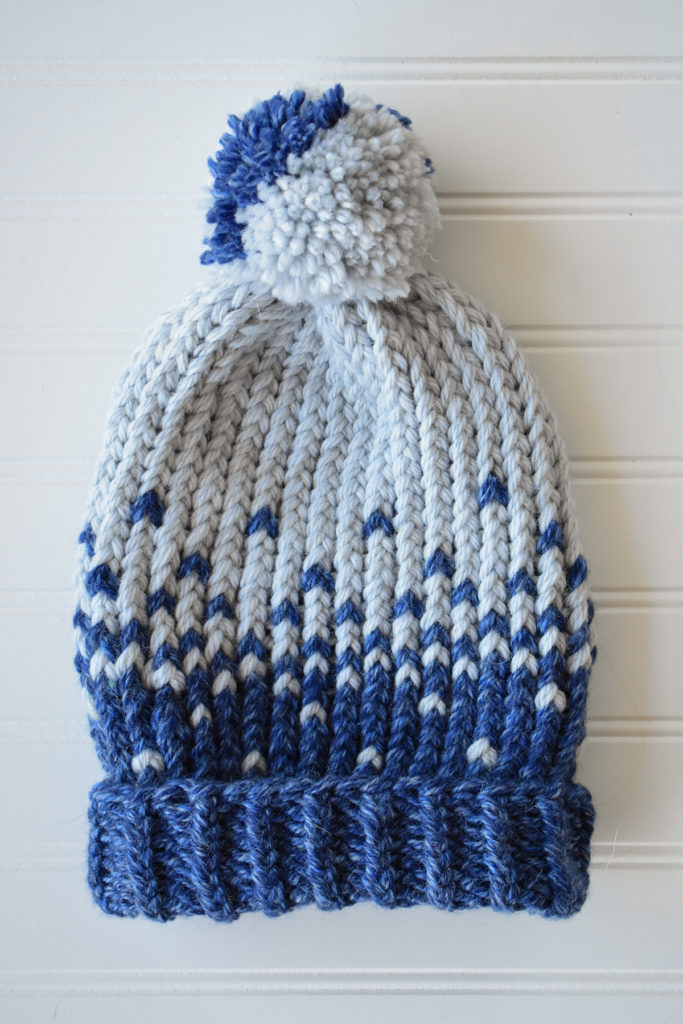 Thy Neighbor – A pattern to benefit the Refugee Support Services center in Charlotte.
Thy Neighbor – A pattern to benefit the Refugee Support Services center in Charlotte.
We recently began donating some of our time and resources to the RSS: Refugee Support Services here in Charlotte, the city Universal Yarn calls home. This organization is doing amazing things, and we want to support them in every way we can.
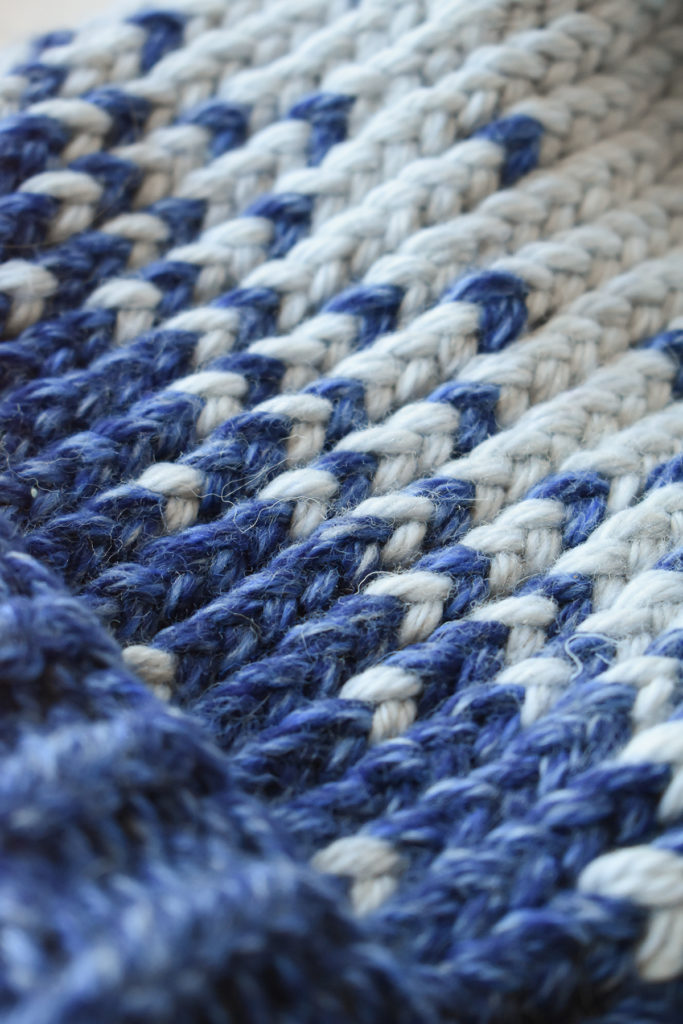
Each Thursday, a group of wonderful women and volunteers meet at the center for English lessons, knitting, community-building, and to take advantage of the many resources the facility has to offer.
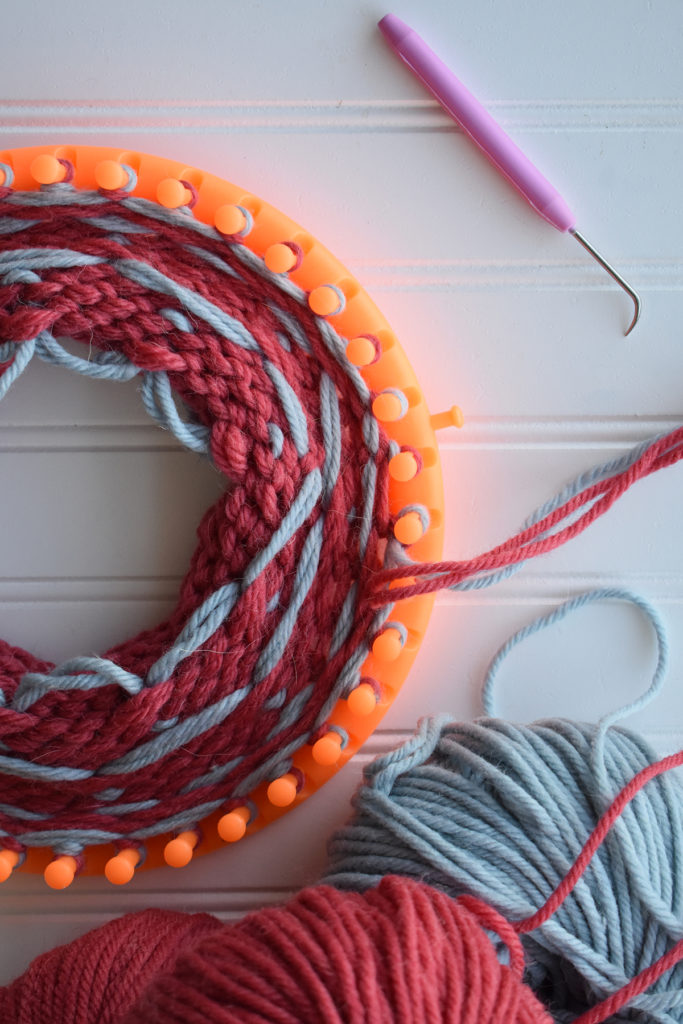
Many of the women make hats on round knitting looms. Loom knitting is really accessible. Anyone can pick it up in just a few minutes, which might be why it’s a popular knitting method at the center. Although we had never knit using looms before, we wanted to meet participants where they are. So we got some looms to practice and will now contribute our own knowledge of knitting. Volunteers at the center help the women distribute their handcrafted goods to earn extra income and develop financial literacy. As a way to give back and support their efforts, we designed this Fair Isle hat. We’ll be teaching the participants this technique to spice up their loom-knitting activities. All proceeds from the sale of this pattern will be donated back to RSS.
As I said before, we want to do as much as we can for this organization. It brought us so much joy to sit in a room filled with the chatter of people from all over the world, offering a helping hand, and exchanging kindness with one another. It’s truly special. When you purchase Thy Neighbor, 100% of the proceeds will be donated to RSS. Financial contributions to the organization help make their peer support, educational, legal, and social programs possible. We sincerely hope you’ll join us in helping, and encourage you to explore the RSS website (link) to deepen your understanding of their work.
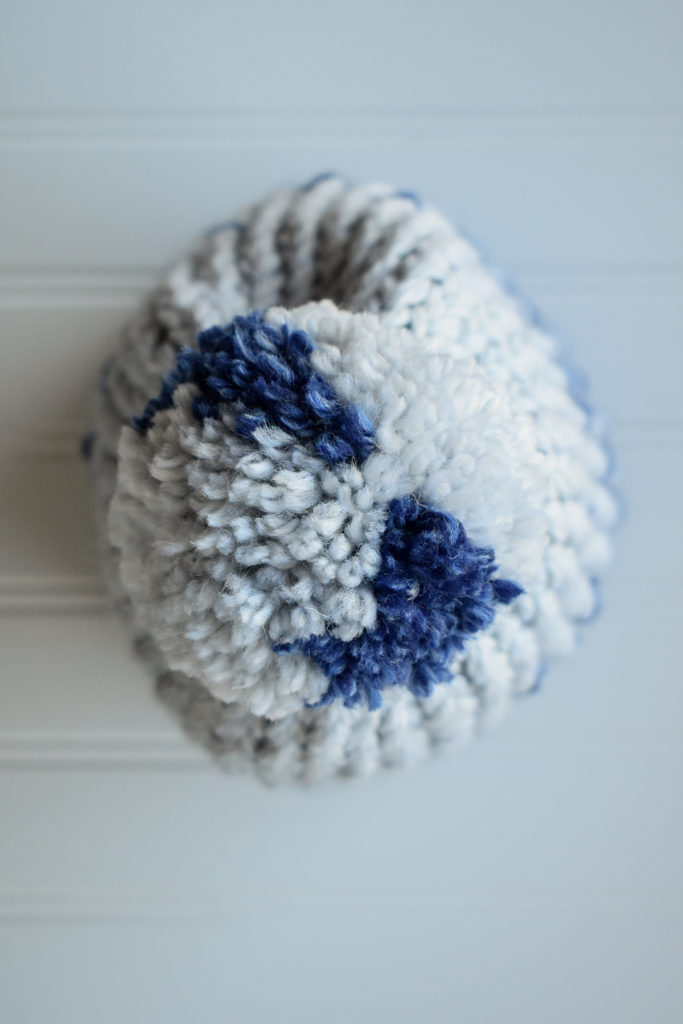
Thank you so much for joining us in our support of RSS! We hope you have a wonderful week!
This is part 10 in a 12 part series highlighting designs from our 12 Days of Winter, Series 2 Edition.
Today I’m happy to introduce the Cardamom and Clove Cover – an ultra-cozy wool blanket that’s perfect to wrap around your shoulders while drinking a warm and wintry beverage!
I grew up in a place where it actually snows (when I say “actually” I mean unlike the meager, quick-to-melt amounts that we receive here in Charlotte, NC). To this day I find there is a lot of magic to snow days, and that was especially true when I was a child.
Living in a rural area, just by the border of a state park, snow days first meant shoveling the driveway followed by playing in the snow-covered woods for hours and hours. I rarely came inside until the tips of my hair were completely frozen and my feet couldn’t hand the cold anymore. Then, I’d make my way back home. While my siblings and I pulled off the six million layers we wore to stay warm, my mom prepared hot cocoa.
What’s nicer than enjoying a warm beverage with a cozy blanket on your lap after spending hours in the cold? So, to accompany this design reveal I thought it would be fitting to share a perfectly spiced hot cocoa with a touch of cardamom and clove. This recipe isn’t overly sweet, but it is very rich.
Ingredients – serves four
12 Days of Winter Kit Collection – Cardamom and Clove Cover Kit
6 oz very dark chocolate (I used 90% cocao)
4 cups of coconut milk (or your milk of choice)
1 pinch cayenne
1 pinch ground cloves
1/4 tsp cardamom
1/2 tsp cinnamon
1/4 tsp freshly ground sea salt
1 Tbsp maple syrup
First – knit, knit, knit! How are you going to cuddle up and drink hot chocolate under your blanket if you haven’t knit it?! Okay – I admit, hot chocolate is just as good for knitting this kit, so you don’t need to complete this step first!
Pour the milk into a saucepan. Set the stove to low heat. Add the chopped chocolate and stir, slowly bringing the temperature to medium. When the chocolate is melted add the cayenne, cloves, cardamom, cinnamon, sea salt, and maple syrup. Stir, sip, and adjust spices and sweetener to taste.
Add marshmallows – or don’t, it’s up to you! It’s a pretty basic recipe that can be adapted however you’d like. I encourage you to have fun. Heck – add some nutmeg in there if you’re feeling really crazy!
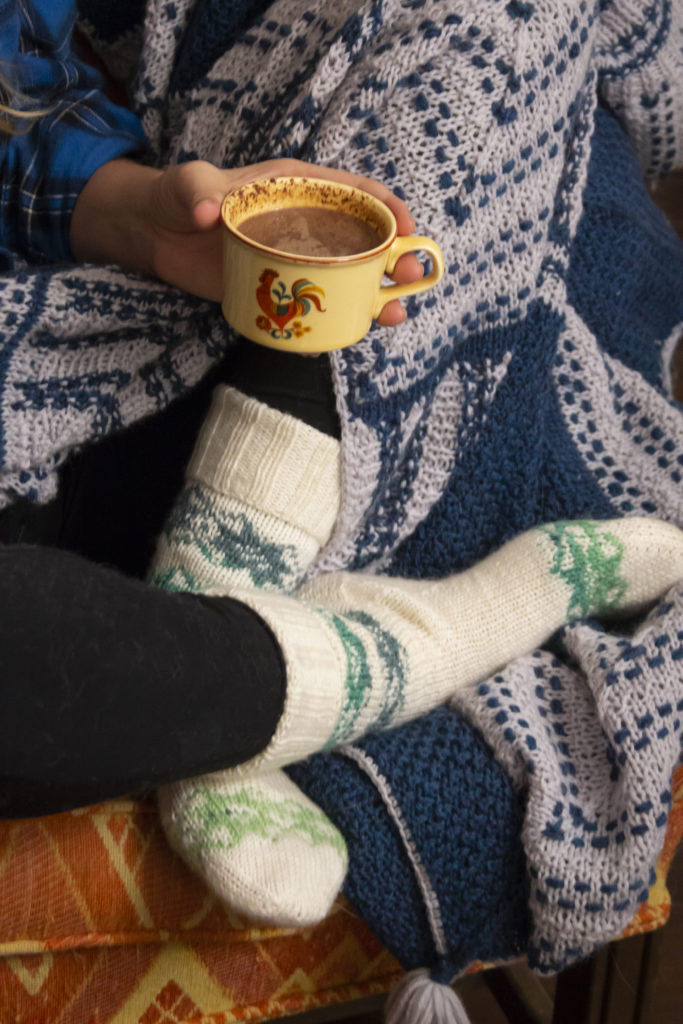
Worried about spilling your cocoa on your beautiful blanket? Don’t! The Cardamom and Clove Cover Kit uses Deluxe Worsted Superwash, so it’s incredibly easy to care for.
Remember, you can find the 12 Days of Winter Series 2 patterns on Ravelry.
This is part 8 in a 12 part series highlighting designs from our 12 Days of Winter, Series 2 Edition.
Say hello to the Glisten Cowl (link here). Winter, more than most seasons, elicits a desire to adorn ourselves with something sparkly. It’s probably because of all the bright lights, the glow of snow, and – as my dear friend Yukon Cornelius puts it: “gold; and silver!” So if you’re in the mood for sparkly seasonal splendor, I invite you to treat yourself to the Glisten Cowl.
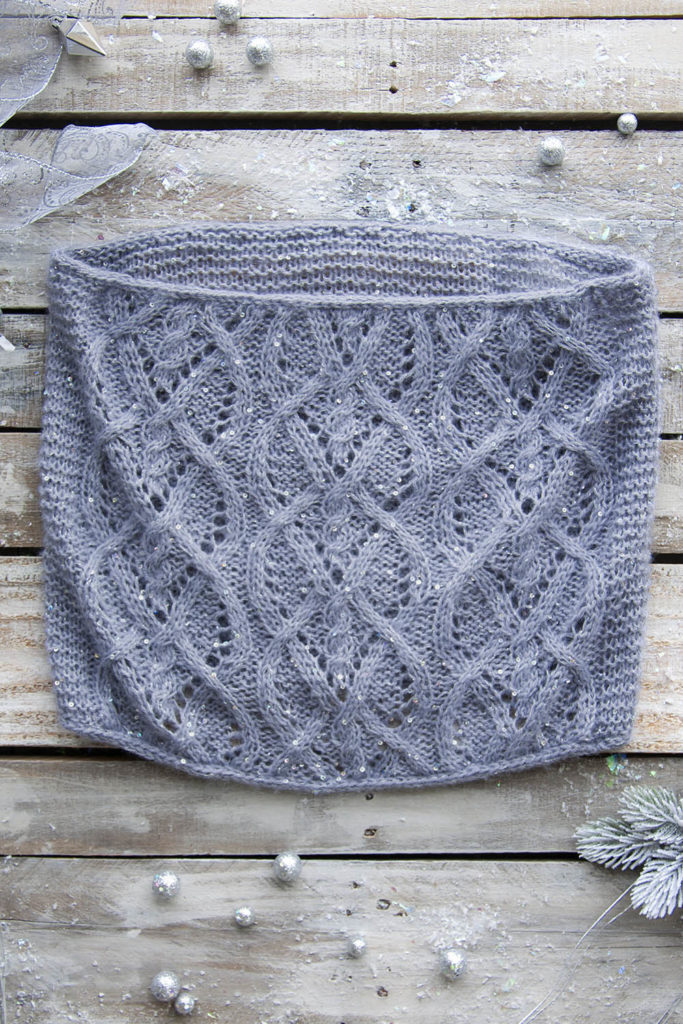
The yarn is what truly makes this design special. Amphora and Cotton Gold are held together to create a fabric with a soft halo and radiant sparkle. It’s perfect for every special holiday event you attend.
The front part of the cowl is an intriguing cable and lace pattern, while the back is simple garter stitch. The garter section allows your mind to rest before diving back into the patterned section. The difference between the two sections is also visually pleasing allowing the intricate cables to shine more brightly.
The popular winter carol – Winter Wonderland – inspired the name of this cowl, so it’s only fitting that a knitters’ version of the song exists. I struggled a bit and recruited Heather’s talent for words. Get ready because it’s pretty amazing. I’m only sorry that we don’t have a recorded version of her singing it – I learned today that she has a lovely singing voice!
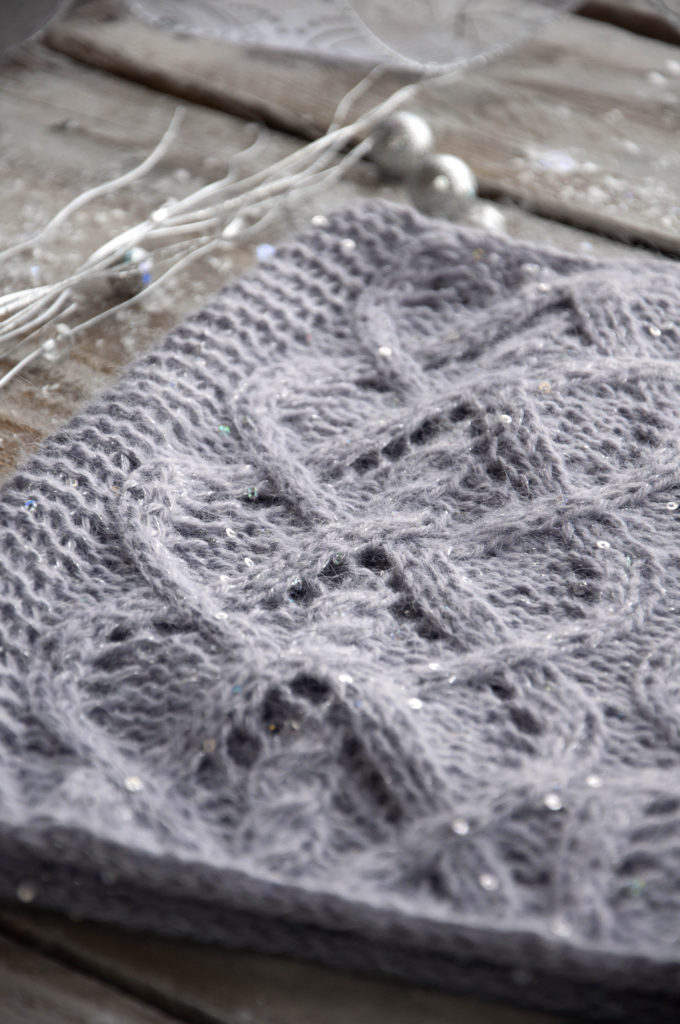
Winter Wonderland – Knitters Edition
Needles click, are you listening
You can see this cowl glistening
A beautiful sight
We’re happy tonight
Knitting in a winter wonderland
We make sure, to do swatching
So our gauge, we’re not botching
Our tension’s not wrong
As we finally cast on
Knitting in a winter wonderland
In the meadow, we can knit a snowfolk
Then pretend she runs our LYS.
She’ll say, “did you mean to drop that stitch, dear?
Don’t you fret a bit,
I’ll fix your mess!”
Later on, we’ll admire
As we knit by the fire
The cowl that we’ve made
In just the right shade
Knitting in a winter wonderland.
Three cheers for Heather – she’s an invaluable part of our team!
Remember, you can find the Series 2 12 Days of Winter Kit Patterns on Ravelry.
This is part 5 in a 12 part series highlighting designs from our 12 Days of Winter, Series 2 Edition.
Meet your new best friends: the Snowfolk (pattern link)! Agnes, Dorothy, and Maureen are a trio of knitters made from Deluxe Worsted. I love this yarn because it’s great for so many things – garments, accessories, home decor – you name it, Deluxe Worsted has you covered! This group of frosty friends is a joy to make, and you’ll have plenty of yarn to make more than three. We encourage you to have fun customizing your very own wintry knitting circle!
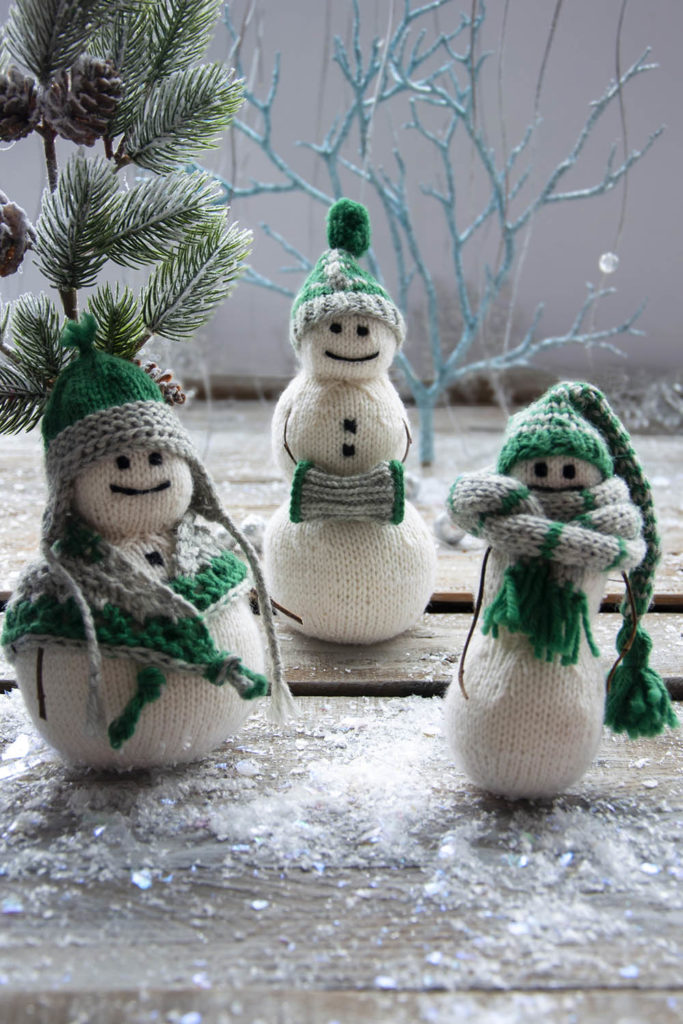
Snowfolk is a collaboration between Amy (our amazing creative director) and myself (Rachel – Amy told me to add that I am also amazing). Between the three snowpeople we designed and the collaboration involved in this pattern (not to mention by our entire team who have made this collection possible), I started thinking about knitting in the company of others. I asked some of my colleagues what their favorite things about knitting with others are.

Here is what Amy had to say:
“I travel to a lot of knitting shows, and so I find myself knitting amongst strangers (or friends) quite often at these events. I love how this one thing that we have in common paves the way for such a strong bond between people. I have made many dear friends through knitting.”
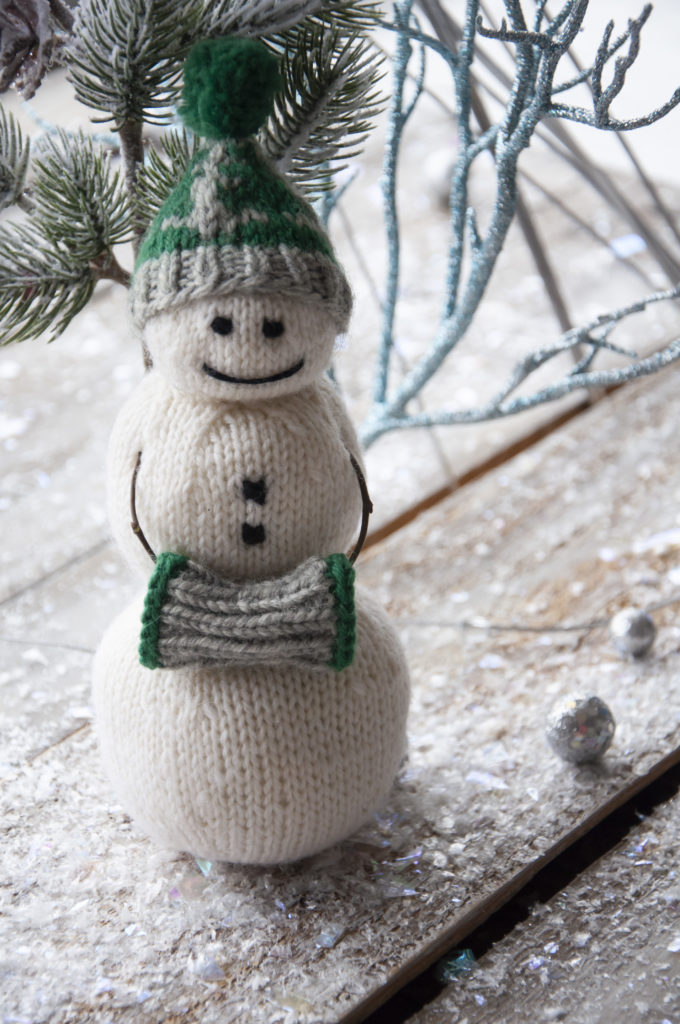
Heather told me:
“My weekly knitting group is a great way to decompress. I can share my worries with sympathetic people while also doing something soothing. Dropping in my with local knitting group has brought me lifelong friends – and a cat when a knitting buddy needed to move!”
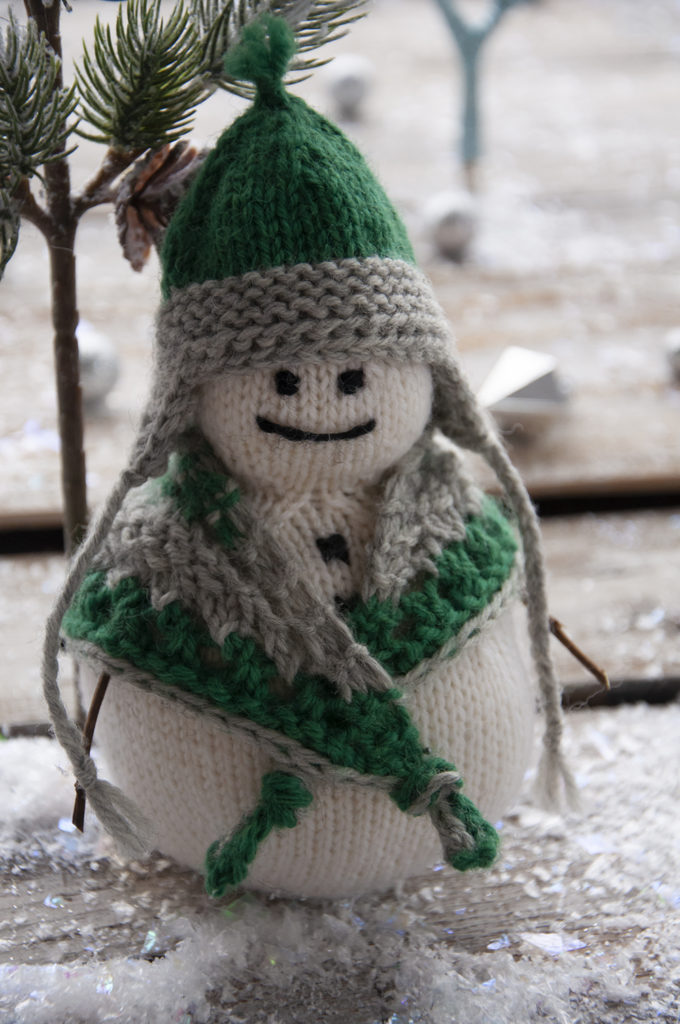
Most of the time I’m someone who revels in knitting at home in the company of my pets, but there is something so nice about knitting with friends or seeing someone you don’t know knitting in public. That commonality often creates an instant bond. I love visiting my local yarn shop to catch up with the owner and her employee as I pass stitches from one needle to the other. Once or twice a year I treasure the moments when I can join one of my dearest friends in person to gush about what we’ve been knitting. A great friend who lives nearby joins me each week to knit and chat. If I’m honest, I don’t accomplish much when knitting with others! I may get through a few rows, but spending that time with those I care about while doing something we love is what’s truly special.
What do you love about knitting with others? Do you have a weekly knitting circle? Maybe you love attending shows. We’d love to hear about it!
Remember, you can find Series 2 of the 12 Days of Winter Kit patterns on Ravelry.
This is part 1 in a 12 part series highlighting designs from our 12 Days of Winter, Series 2 Edition.
We can hardly believe it’s already November. Knitting season is in full swing. Our needles and hooks are full of warm and woolly goodness. We’re preparing for the holidays – working tirelessly on special projects for friends and family. Here at Universal Yarn, we’ve also been working hard to create the second annual installment of a beautiful collection of wintry kits to welcome the season. So, at long last, we’re able to reveal the first of twelve special kits. Say hello to the 12 Days of Winter 2018 Collection!
Last year we kicked off the collection with a pair of socks. This year we’re thrilled to do the same. For Day 1 of the collection, we have Mistletoes.
I’m a big fan of stranded colorwork. It may take a backseat to knitting cables, but for some reason, I simply cannot resist a good pair of colorwork socks. The Mistletoes socks combine self-striping Adore Colors and Adore for a visually striking effect.

Despite the beauty of stranded colorwork, many knitters find themselves intimidated. Like everything else in knitting, once you’ve done it you realize how simple it really is. If you haven’t done colorwork before I want to empower you to get your feet wet – if you have, I want to encourage you to learn a bit more! Let’s get down to it! I’ve compiled a list of tips and tricks to help you along the way.
Get comfortable with charts.
This is something else that can intimidate knitters, but it’s essential for colorwork. I’d actually argue that colorwork is an excellent introduction to reading charts since you’re usually only looking at colors. Last year I included some tips and tricks for understanding charts. You can find the full post here (link).
Manage your yarn.
Managing your yarn well when knitting colorwork can make the process so much more enjoyable. I recommend keeping each ball of yarn on a separate side to prevent unnecessary, annoying twists and tangles.
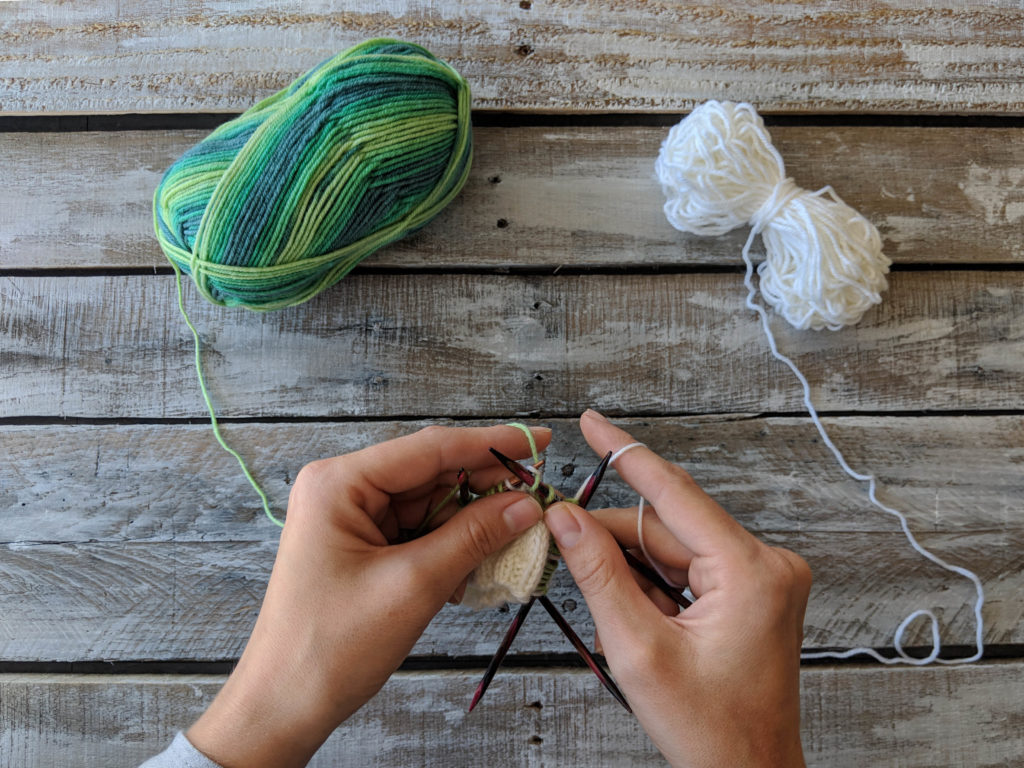
Taking care of tension.
This is probably the most important aspect of stranded knitting. To achieve the results you want, your tension should be even. Why? Floats. Since you’re carrying two strands of yarn across the back of your work, one of the yarns will always be “on hold” while you work stitches with the other color.
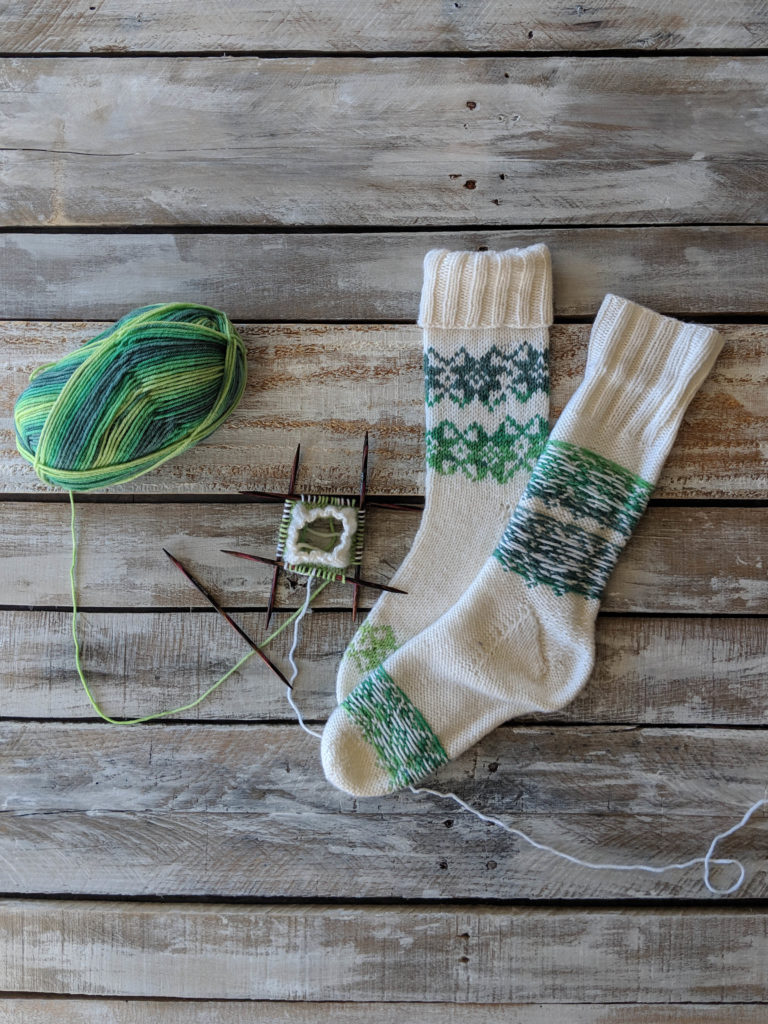
If your floats are too tight, the fabric will pucker. Puckered fabric is considerably less elastic and will appear a bit bumpy – taking away from the beautiful patterning you worked so hard on. Not to worry, though! There are ways to ensure that your floats are even and not too tight. I’m personally a pretty tight knitter, so I use these techniques, too.
Use larger needles. First things first: swatch, swatch, swatch! Once you do, you’ll realize that your gauge in stockinette stitch is different than your gauge in stranded knitting. To combat the difference, changing needles helps a lot. Expect to use needles that are one to two sizes larger for stranded portions of your knitting. Most patterns, including the Mistletoes, will direct you to do this. However; that’s not always the case. Keep this in mind whenever you’re knitting colorwork.
Turn your work inside-out. This is exactly what it sounds like. By turning your work inside-out, your floats will be facing you while you’re knitting. It doesn’t change the actual knitting at all, but it’s a simple way to manage your floats. By carrying your floats on the outside, you’re allowing them a bit more room. This trick is simple, easy, and effective.
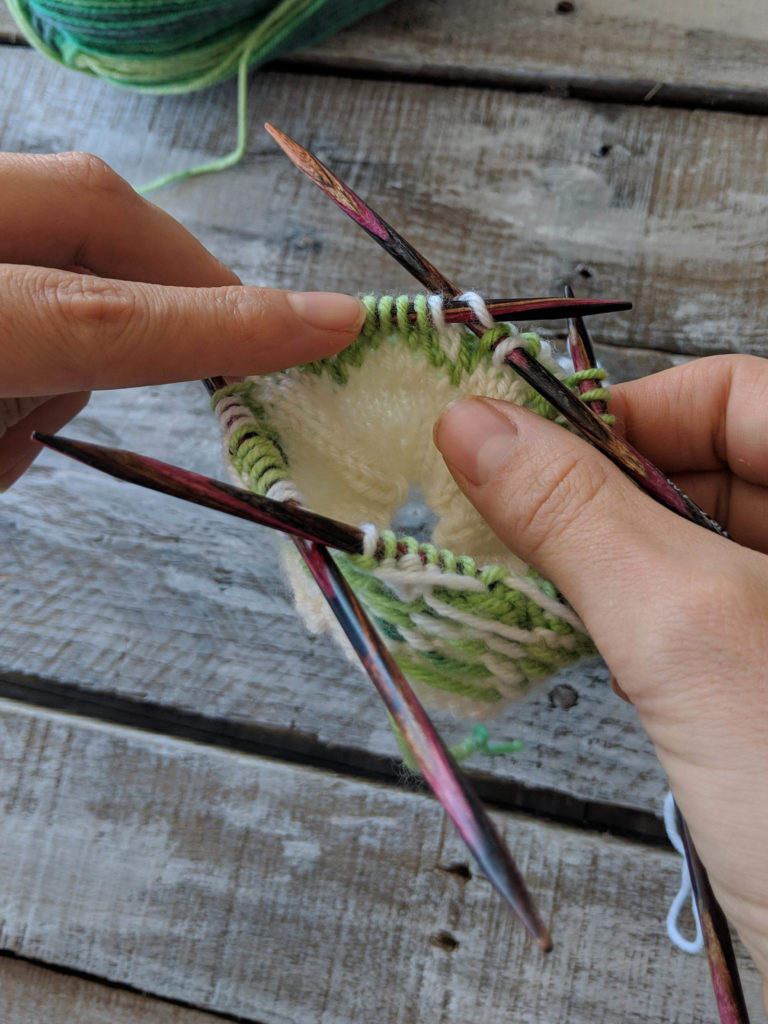
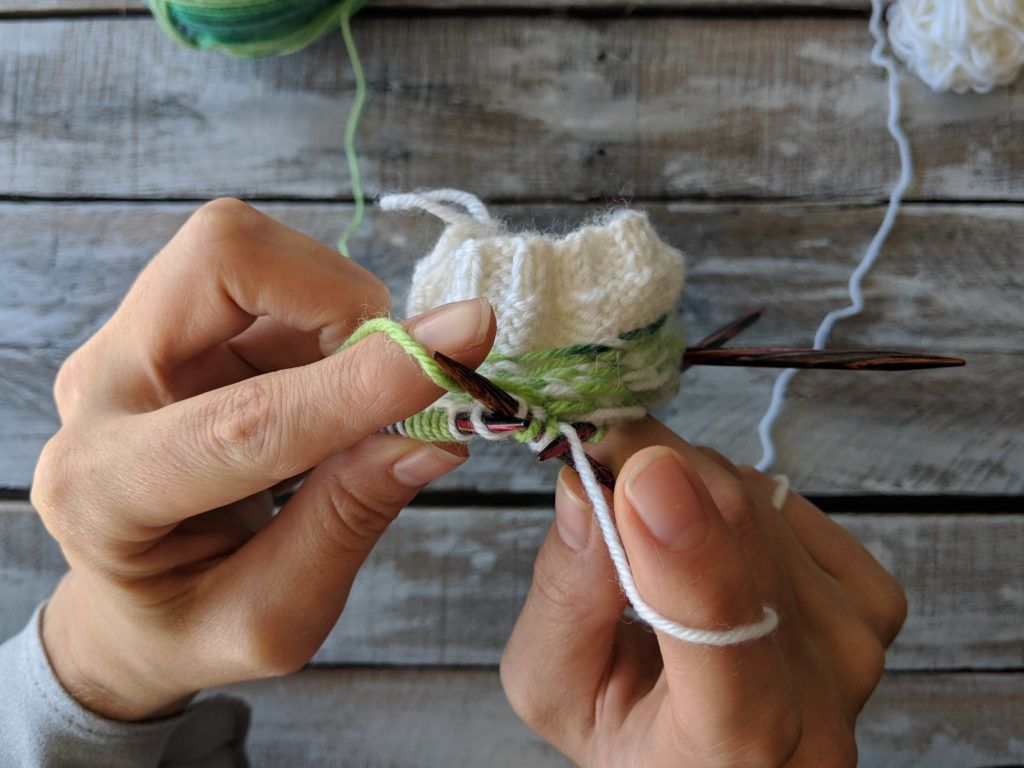 Notice that the wrong side of the fabric is facing outward.
Notice that the wrong side of the fabric is facing outward.
Gently stretch your work. Chances are that you’ll sometimes have a stitch that’s a bit odd – perhaps a bit too tight or a bit too loose. You can rectify the issue by occasionally stopping to give the fabric a gentle stretch. Don’t be overzealous as that can cause stitches to get more uneven. A little goes a long way.
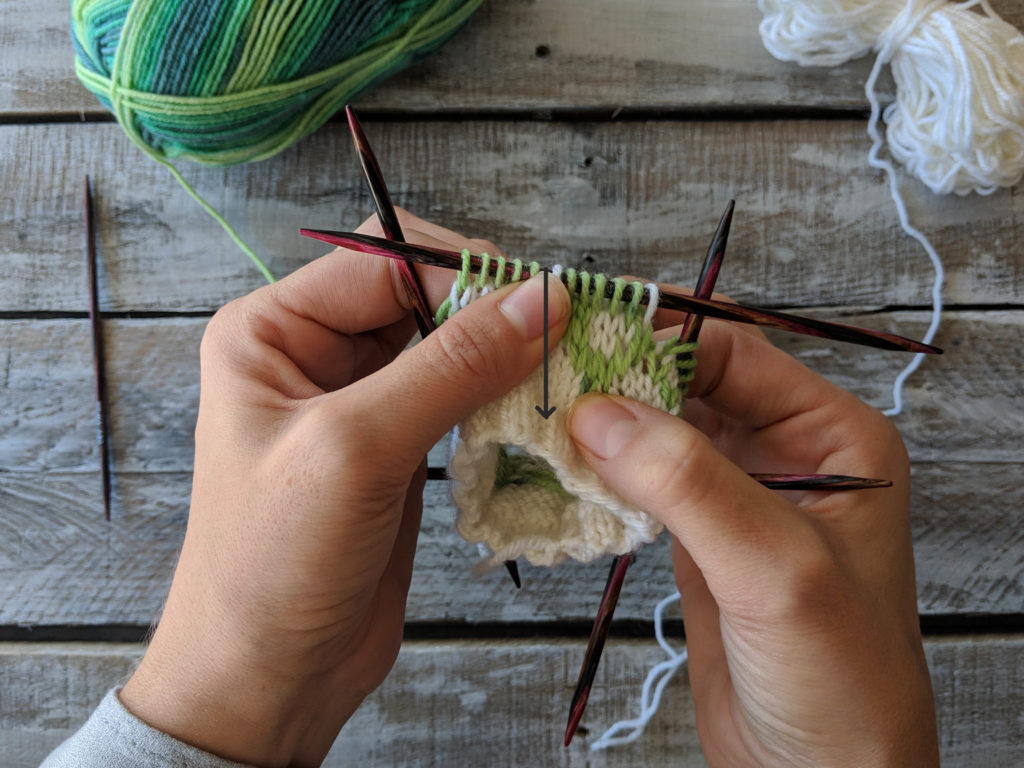

Manually even out oddball stitches. Like I’ve mentioned above, there are instances where a stitch looks a bit wonky. If a gentle stretch doesn’t help you can manually pick the stitches around it to try and even things out.

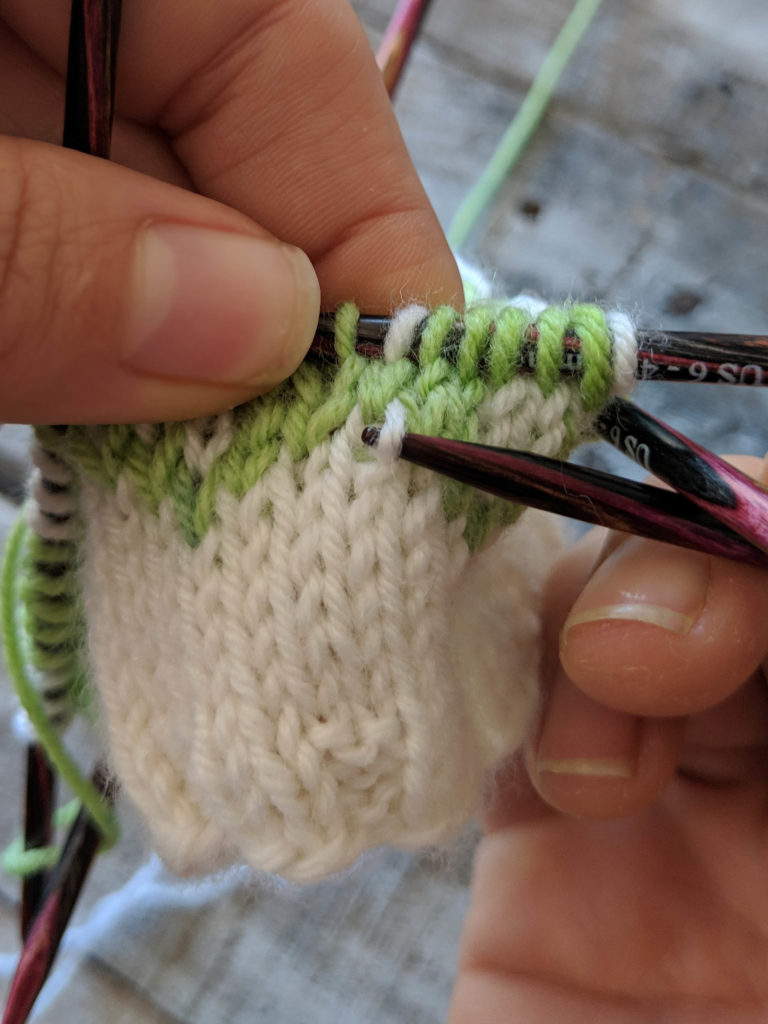
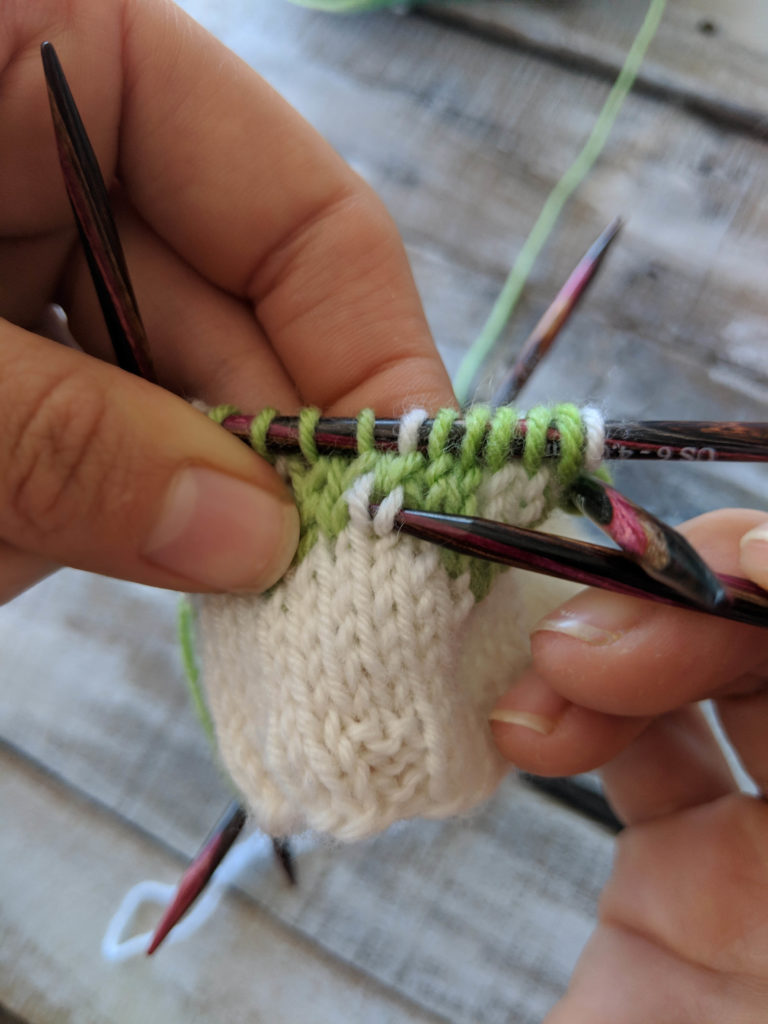

Block it out! Blocking is magic. The process evens out stitches, so when you finish your work be sure to block it! Once the yarn blooms it will fill up any negative space in your fabric allowing your colorwork to shine! Just be sure to follow the care instructions on your yarn label so that you don’t unintentionally damage the fabric. Side note: we have a post to help you understand yarn labels, too. Find it here (link).
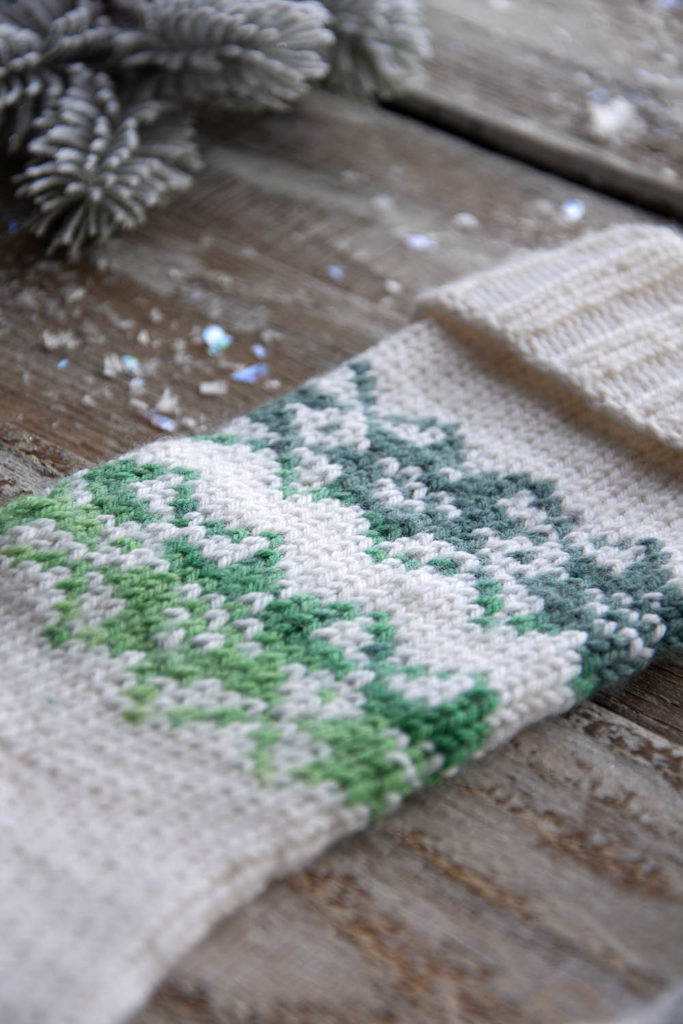
That’s it! I hope these tips and tricks will help you as you knit the Mistletoes or any stranded colorwork. Remember, you can find Series 2 of the 12 Days of Winter Kit patterns on Ravelry.
Perhaps my favorite collection we’ve released for fall so far is Light & Shadow. It’s a collection of gorgeous, incredibly wearable patterns knit in anti-pilling Uptown DK.
A lot goes into planning our pattern collections, and it’s always so exciting to see designs develop. Amy and I begin with a mood board. Then we move on to creating rough sketches. You can see a few of mine from our recent collections below:

Naturally not every sketch makes the final collection. Amy and I work on numerous ideas separately, then we meet to share our ideas, select the designs that will be a part of the collection, and choose colors. Then we get hard to work on making these ideas a reality.
So, which designs made the final cut for Light & Shadow?
I have three designs in the collection. First up: Crossroads.
If I had to choose a favorite, this might be it. This design started with a bold cable from Norah Gaughan’s Knitted Cable Sourcebook. I didn’t want to just slap the pattern onto a sweater. I opted for a relaxed, cozy fit with drop shoulders, garter ridges, a split hem, and understated bishop sleeves.
The sleeves sit at bracelet length on our fantastic model, Jarin, however; it’s super simple to lengthen them as the shaping occurs just before the cuff.
Next, we have Northbound.
I wanted to create the perfect, infinitely wearable turtleneck. I know not everyone loves turtlenecks, but I sure do! Northbound was initially imagined as a proposal for a print magazine before I started working at Universal. I loved it, so I held onto the idea – the Light and Shadow collection seemed to be a perfect match.
Northbound has some of my favorite design elements: set-in sleeves, saddle shoulders, seed stitch, and cables. If you love a simple design with thoughtful details, this pattern is for you.
My final design is perhaps the most unique: Topography.
Topography features sculptural welts that move diagonally across the sleeves. The effect is simpler to construct than you might expect.
The sleeves feature traveling twisted stitches that are used as a guide to creating the welts. After you’ve knit the sleeves, stitches are picked up stitches along the legs of the twisted stitches. Then you simply knit and graft. Easy-peasy. Not a fan of the welts? Just stick with the twisted stitches and you have a simple wardrobe staple.
If you’re looking for a last-minute but thoughtful Father’s Day gift, you’re in luck. Today we’re sharing the Father’s Day Tie. This necktie takes just 36 grams of Deluxe DK Tweed Superwash!
I talk to my dad at least two or three times a week. He’s one of my best friends, and I feel so lucky for that. On top of that, my husband (and hesitant but equally gracious model for these photos) is a pretty fantastic dad to our dogs and cats. Yep – I am totally the kind of person who sees their pets as a ridiculously special part of my family.
Anyway, as we well know, Father’s Day celebrates all the great father figures out there. Yep, father figures – because it’s so important to recognize those that have played that role in our lives, regardless of a biological relationship. Whether that’s a spouse, friend, dad (or dog dad!), it’s important to take a moment to say thank you.
The Father’s Day Tie is knit flat primarily in linen stitch and features a spine of slipped stitches down the center. Paired with Deluxe DK Tweed Superwash, this accessory elevates an otherwise casual look. So what are you waiting for? Grab your needles and yarn and get started! You can find the pattern here (link).
You might remember that back in October I introduced the first post about my adventures in naturally dyeing our Superwash Merino Worsted Weight yarn. In that post (link), I gushed about how much I love the warm hues of autumn. Well, it’s spring now – though it certainly feels like summer here in Charlotte. That means it’s time to play with some yarns that are a bit more warm-weather friendly.
Today I’m using our soft and silky Universal Yarn Ready to Dye Merino Silk Sport Weight. It’s a gorgeous sportweight yarn with enough silk to make it appropriate for garments and accessories to throw over your shoulders on summer nights.
Whenever possible, I like to harvest dyes from the plants growing in and around my yard. I can choose what to grow, and there are endless ways I can experiment. Natural dyeing is, without a doubt, full of surprises, and you’ll understand what I mean when you see the results of my adventure with azalea dye.
I have a few azalea shrubs around my house. Just weeks ago they were full of brilliant pink blossoms, but now they’ve dried. I was plucking some weeds from my herb garden when it hit me: I have so many dried blossoms! Why not try to dye with them?
I grabbed a freezer bag and stuffed them full of the dried blossoms. Side note: If you use a freezer bag like I did (why didn’t I just grab a bowl?!), remember to simply rinse it and re-use it!
After collected my blossoms, I weighed them. I took into consideration the weight of the bag and ended up with approximately 37g. I could have collected more – I barely put a dent in my shrubs!
For today’s tutorial you’ll need:
Step 1: Create a mordant and soak your yarn. You can find specific instructions for creating a mordant in my first post (link here). If you’ve been following along and have a jar of mordant already, simply reuse the solution.
Step 2: While your yarn is soaking, prepare your dyebath.
You can see that the dyebath turned into a rosy color.
Step 3: Remove your yarn from the mordant bath, gently squeezing the excess mordant from the yarn.
Step 4: Carefully place your yarn into the dyebath.
Step 5: Allow the yarn to soak in the dyebath for about an hour. Turn off the heat and set the pot aside. Do not remove the yarn yet.
Step 6: Allow the yarn to cool in the dyebath – I let mine cool overnight.
Step 7: Remove your yarn and rinse thoroughly. I recommend stepping outside and giving it a few vigorous shakes to remove the remaining plant matter.
Before I reveal the yarn, I want to take a moment to emphasize how surprising natural dyeing can be. As you can see, the color of the dyebath was initially pretty pink. After about an hour it looked much more like a silvery-purple. I was really excited about those results. Even when the water cooled it remained a deep purple.
So, you might imagine my surprise when I discovered that my azalea dye turned into this…
Isn’t it the loveliest shade of green? I’m over the moon about the results of this dye experiment, and I’m sure I’ll be using azaleas for dyeing again soon. The transformation is pretty stunning.
For the last installment of our blog series on our 12 Days of Winter Kit Collection, we’re unveiling the Twining Vines Cowl. Twining Vines features Amphora. It is a perfect yarn for colorwork because its gorgeous halo blends the fibers together seamlessly. The effect is almost like an impressionist painting.
In addition to carrying two colors throughout this pattern, you’ll also need to trap your floats. It’s simpler than you might think. This tutorial is useful for any stranded project. If you’d like a closer look at the images, simply click on them.
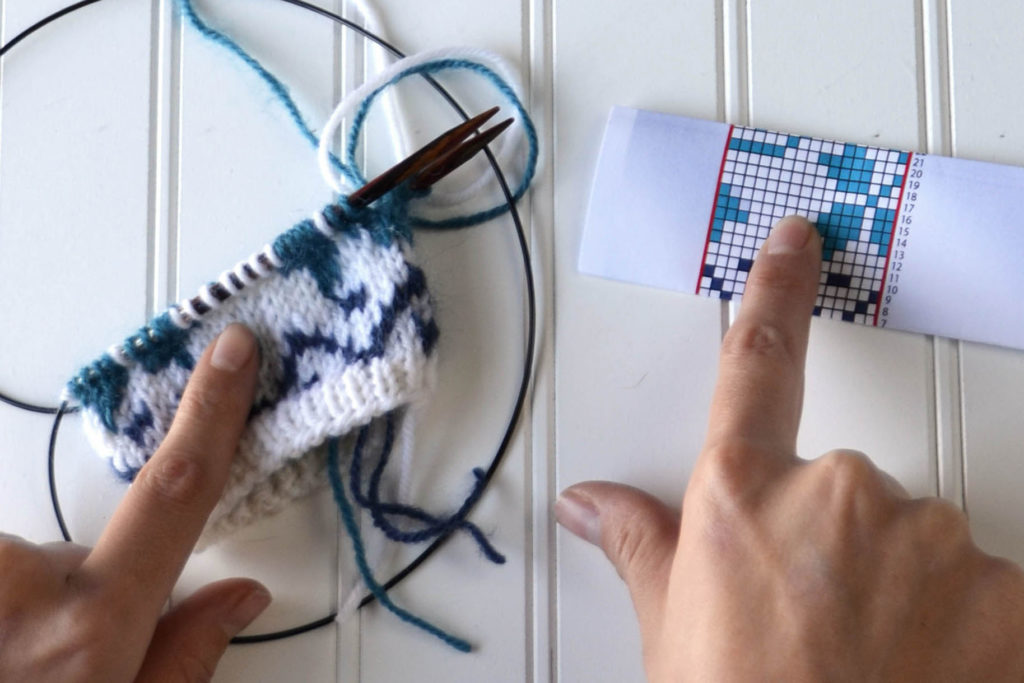
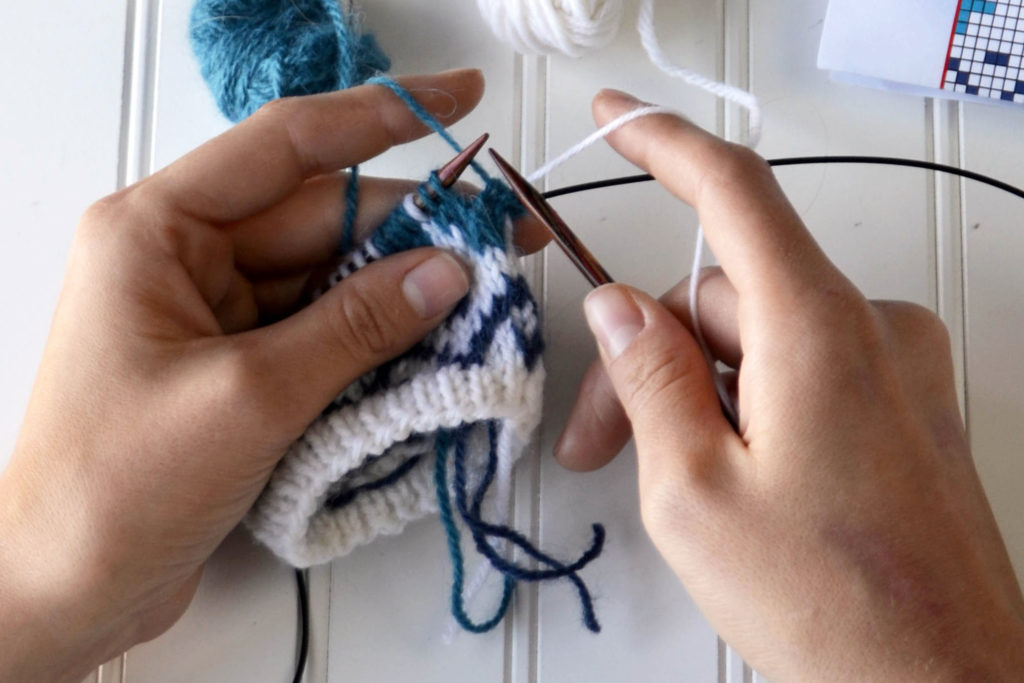

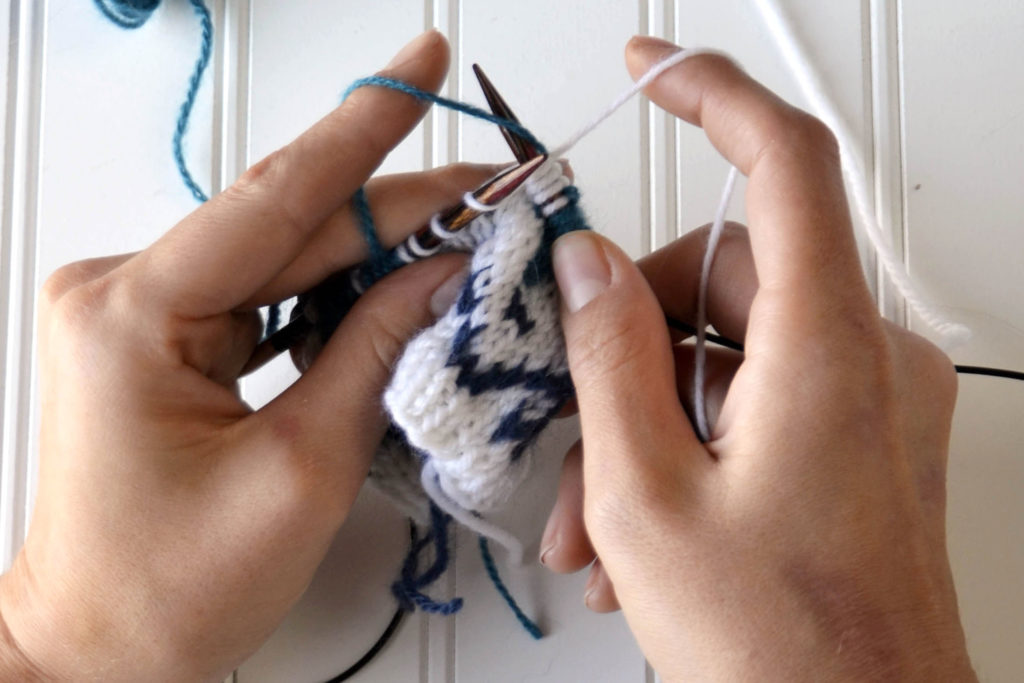

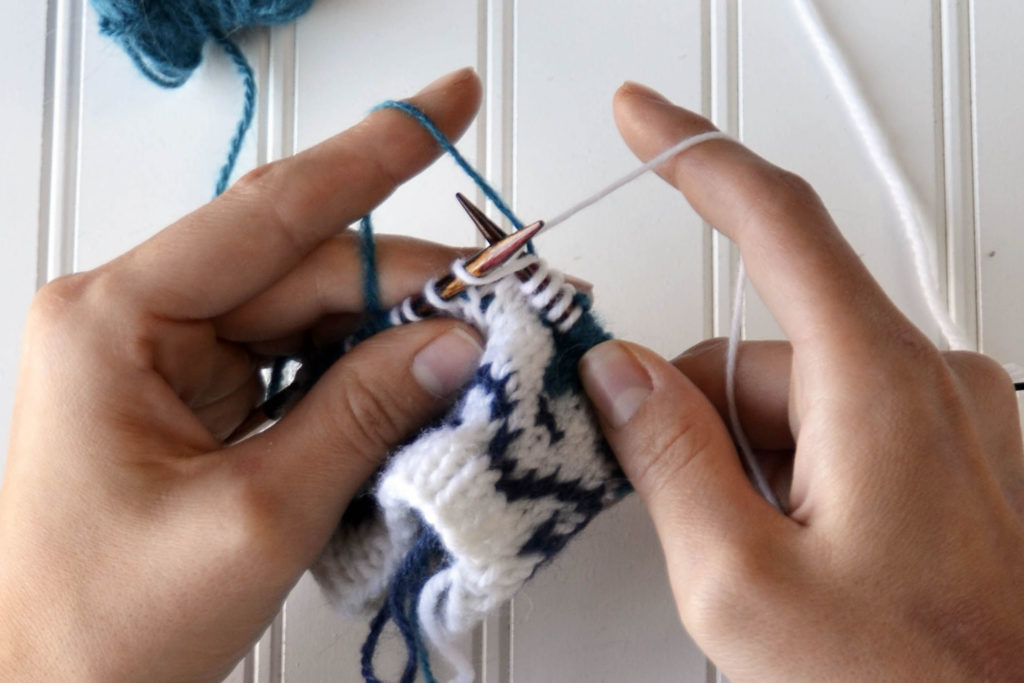
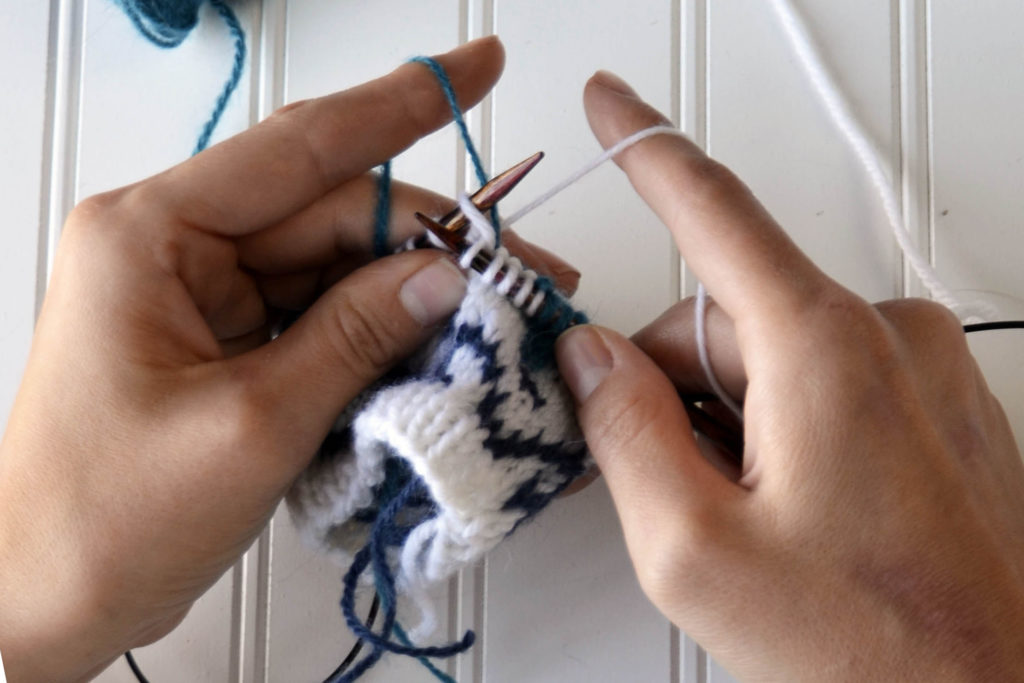
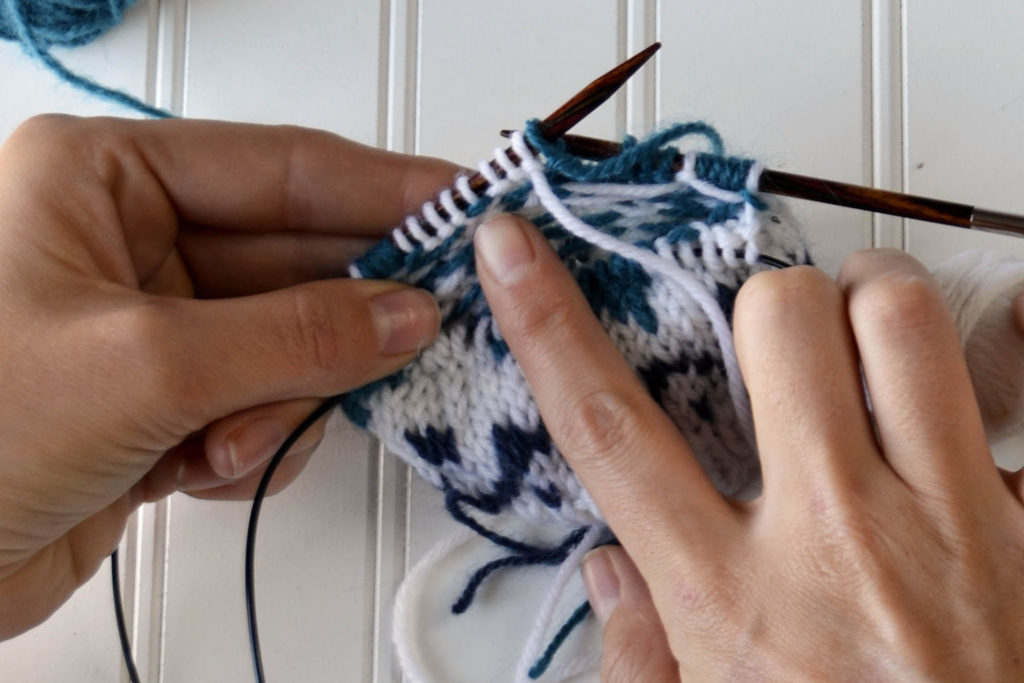
Just like that, we’ve released all 12 of the patterns featured in our 12 Days of Winter Collection. We sincerely hope you’ve been enjoying our blog series highlighting each pattern. You can find the Twining Vines kit on our website here.
Now that you’ve seen them all, I’d also like to emphasize that tomorrow is Small Business Saturday. What better way to show your support for your local yarn shop than by stopping by to pick up one of our kits on Small Business Saturday?